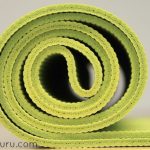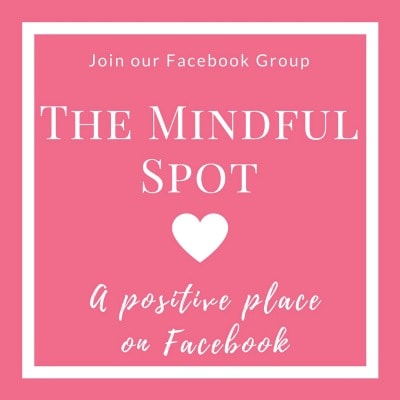Overheard at Yoga Journal’s South Florida Conference:
Woman 1: I could never practice Ashtanga. I want a more spiritual yoga practice.
Woman 2: Really, you don’t find it spiritual. I feel so connected…
Woman 1: No, I don’t. It’s just jumping and asana. There’s no mediation. I want a practice that’s more than just a workout.
I have heard this conversation more than once as yogis compare practices with one another. I chose not to intrude in this conversation, but a part of me wanted to share what I know about the spiritual side of Ashtanga. For those of you who are not familiar with this yoga practice, here’s a brief primer.
Ashtanga is a style of yoga developed by Sri K. Pattabhi Jois. It consists of specific sequences of postures which are connected by movement. Traditionally, Ashtanga is practiced Mysore-style, meaning each student practices at his or her own pace. The teacher walks around the room adjusting students and teaching them new postures as he or she see fit, rather than leading the class as a whole with a demonstration. I have heard Ashtanga described as a masculine style of yoga because it is physically strenuous.
Ashtanga is misunderstood because of its physicality. True, it is an intense workout. Every single movement is connected to a breath. Every single movement is sequenced and determined. Sometimes I feel like I’m on a train once I begin. There will be no stops until the end. There is nothing to think about. It is just practice, practice, practice. Pattabhi Jois’ most famous quote is:
Yoga is 99% practice and 1% theory.
Ashtanga is every bit as spiritual a practice as it is a physical practice. A novice simply can’t understand this. Until you know a series by heart, you look outward trying to learn. There is nothing wrong with that. It is natural when you are first learning. The beauty is that once you know a series by heart, your brain steps out of the way and the practice becomes deeply spiritual. The body moves through the complicated postures of the series with the same it ease it does when walking down the street. We don’t have to remind our feet to step right, left, right, left. We just go.
Once we reach this point in Ashtanga, the spiritual aspect of yoga becomes central to practice. Connecting each movement with an even breath cultivates deep awareness, relaxation and mental clarity. Within the movement of the body, the mind becomes still.
Knowing something so well you don’t have to think is called knowing it by heart. A current trend in our culture is to dismiss the importance of memorization. Everything we might possible need to know can be looked up in an instant on the Internet. That is true, but it applies only towards information, not depth of knowledge. The best kind of knowing involves the ability to forget details without losing the knowledge. To know something so well concious thought isn’t necessary. It is a part of who you are, and like breathing, it is effortless.
How can we ever learn to forget ourselves if we are constantly looking at a teacher, a video or a chart to know what to do?
There is no app for wisdom. Learning something by heart means the shape and contents of your heart are forever changed. That sounds very esoteric, but recent breakthroughs in neuroscience show that our behavior absolutely changes the shape of our brains. Neural pathways are formed and strengthened when we repeat behaviors. Brain scans before and after learning yoga can mark a change. The repetition and memorization central to Ashtanga internalizes the yoga practice. It becomes personal. It becomes identity. It literally becomes you.
What started out as a workout, becomes a workin. Isn’t that what a spiritual journey always is?






The best kind of knowledge involves the ability to forget details without losing the knowledge-great thought. That is when the knowledge becomes a part of you and you can shed your trainning wheels and become one with the bike.